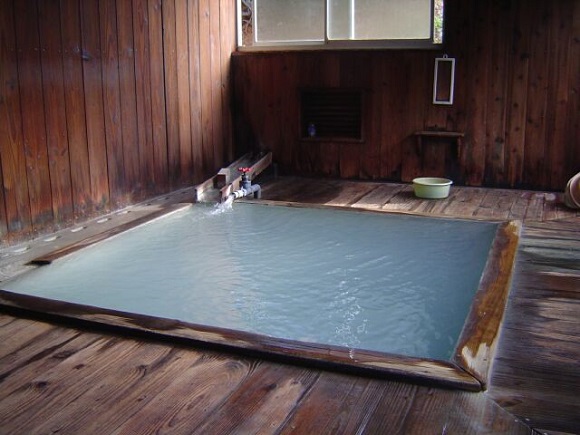
Japan is practically overflowing with hot, bubbling water it seems and nearly every city and town has a local spring or public bath for people to get a nice soak. Called “onsen” in Japanese, hot spring spas or baths are one of the most enduring symbols of Japanese culture.
Today, we bring you a fact-filled list of Japanese onsen trivia! Impress your friends with your knowledge and find somewhere to go soothe your aching heart when they get mad at you for being so smart.
Have you ever wondered which prefecture has the most hot springs or the largest output of hot water? Based on a list of onsen trivia compiled by the informative Japanese website Nanapi, we bring you fun facts about Japanese hot springs!
Oita Prefecture has the most hot spring sources in all of Japan, with 4,788 registered. Kagoshima is in a distant second place with 2,824, and Hokkaido in the distant north comes in third with 2,304.
As you might expect, Oita Prefecture also has the most output of hot water with 296 kiloliters per minute. Oddly enough, Hokkaido comes in second here with 260 kiloliters per minute, followed by Kagoshima with 201 kiloliters per minute.
As for the largest number of hot spring spas, or onsen, in Japan, Hokkaido takes first place with 254 facilities. Nagano comes in second with 231, and Niigata comes in a distant third place with 150.
At the opposite end of the spectrum, the prefecture with the fewest hot springs is Okinawa, followed by Tokyo’s neighbor, Saitama Prefecture.
Now that you’re an expert on Japanese hot-springery, let’s delve into some more specific information. For example, the Beppu Onsens in Oita Prefecture has both the largest number of sources and the greatest output of all the hot springs in the land.
▼Mikuriga-ike Onsen
But where is the highest hot spring in Japan? It turns out that Mikuriga-ike Onsen in Toyama Prefecture has an elevation of 2,400 meters (7,874 feet).
▼Honzawa Onsen
And for all of the astronomers with a passion for a nice, hot soak, you might prefer something with a better view of the night sky. Honzawa Onsen in Nagano Prefecture fits the bill perfectly, being the highest open-air onsen in Japan. At 2,150 meters (7,053 feet) up, you’ll have quite a hike to get there, but at least you’ll have somewhere to soak your aching feet.
▼Tamagawa Onsen
▼Higashi Onsen
When it comes acidity, Tamagawa Onsen in Akita Prefecture and Higashi Onsen in Kagoshima are tied for first place. Both of them have a PH value of 1.2–which means tons of acid, in case you’ve forgotten your high school science. Apparently it’s still quite good for you, though, so no need to fear melting away while taking a dip!
▼Tokigawa Onsen
▼Tokigawa Onsen. Nice tanuki!
In terms of alkaline, Tokigawa Onsen in Saitama Prefeture and Iiyama Onsen in Kanagawa Prefecture are tied for first place. Apparently, alkaline is supposed to make your skin very smooth, so if you want to stay young and beautiful, you know where to go for a dip!
▼Rousoku Onsen
Rousoku Onsen in Gifu Prefecture has the distinction of being the Japanese hot spring with the most radium. You’ll want to check this place out if you have nerve pain or rheumatism, since radium is supposed to be helpful for such ailments.
▼Tsurumaki Onsen
All those rugby players out there will want to check out Tsurumaki Onsen in Kanagawa Prefecture, which is the Japanese hot spring with the greatest amount of calcium in its waters. In fact, it’s said to have as much calcium as cow’s milk and to be the most calcium-rich hot spring in the world. Calcium is supposed to be good for nerve pain, burns, cuts, bruises, and sprains.
▼Nagayu Onsen
This next one seems like a bit of a head-scratcher at first. Nagayu Onsen in Oita Prefecture has the most carbon dioxide of any hot spring on the planet. But why would you want to go to an onsen rich in carbon dioxide?? Apparently, the CO2 is said to be good for diabetes, gastrointestinal disorders, and heart troubles.
▼Arima Onsen
▼Dougou Onsen
So, which of all the onsen in Japan is the oldest? That’s a bit of a difficult question to answer, but Arima Onsen in Hyogo Prefecture was mentioned in the Nihon Shoki, the second oldest history of Japan (after the Kojiki). Dougou Onsen in Ehime Prefecture was mentioned in the Man’you Wakashu, the oldest collection of poetry in Japan. The Nihon shoki was finished in 720 and the Man’you Wakashu was finished sometime around 759, though both of them represent writings from earlier periods.
▼Yumura Onsen
Finally, the onsen with the hottest water in Japan is Yumura Onsen in Hyougo Prefecture with temperatures reaching up to 98 degrees Celsius (208.4 degrees Fahrenheit).
Now, the only problem is, with all the great places to visit, how do we decide where to start??
Source: Nanapi
Images: Tabi ha Tetsugaku Socrates, Wikipedia English, Wikipedia Japanese (1, 2, 3, 4, 5, 6, 7, 8), Kankou Hadano, Rousoku Onsen, Tokigawa Onsen

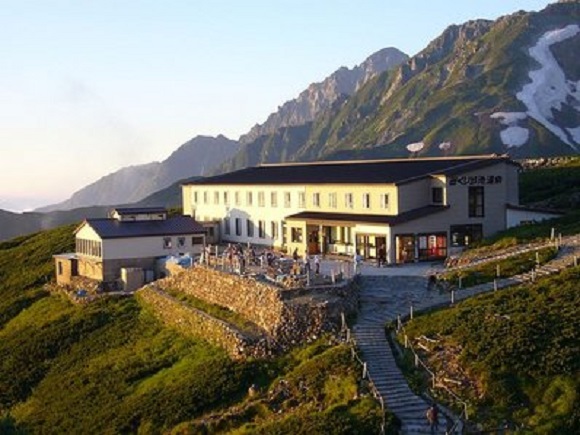
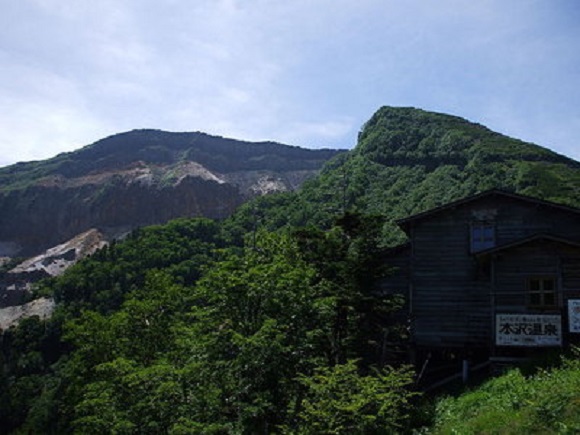
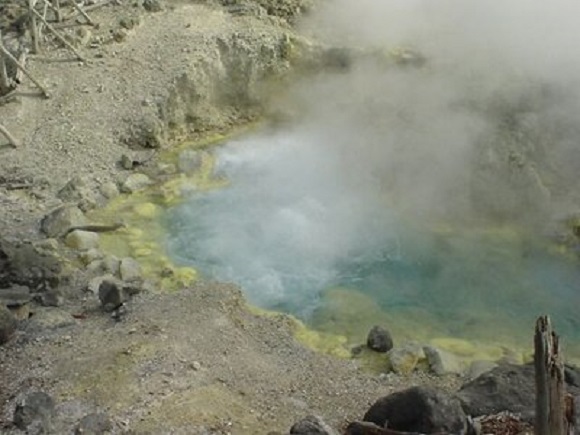
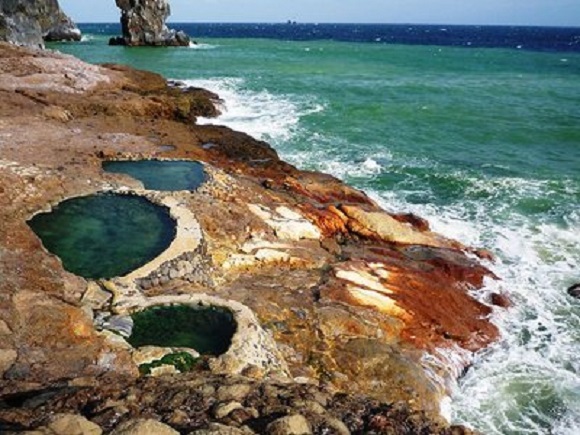
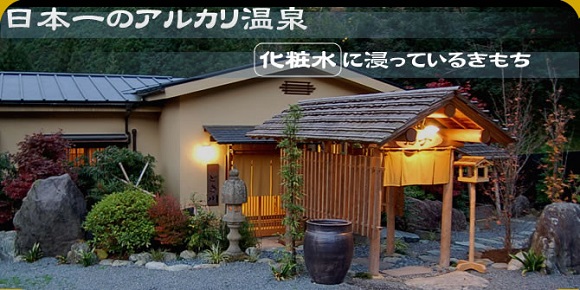
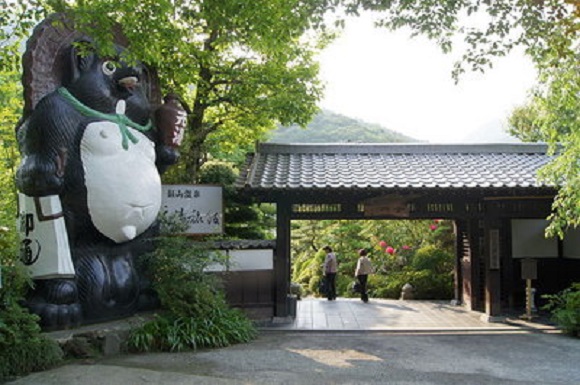
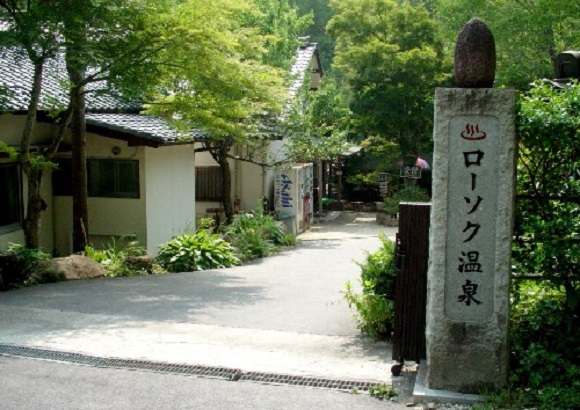
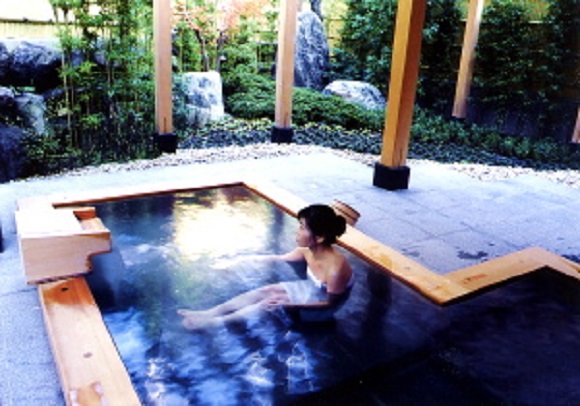
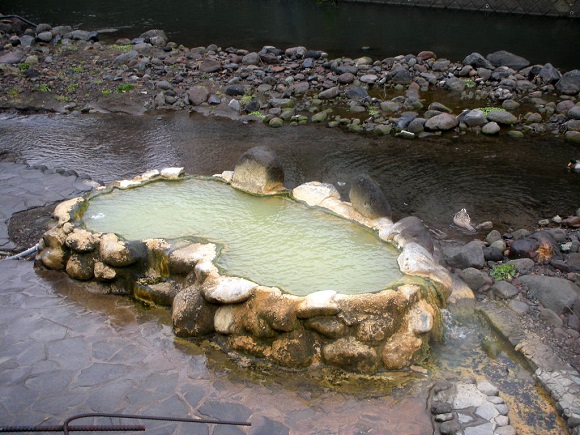
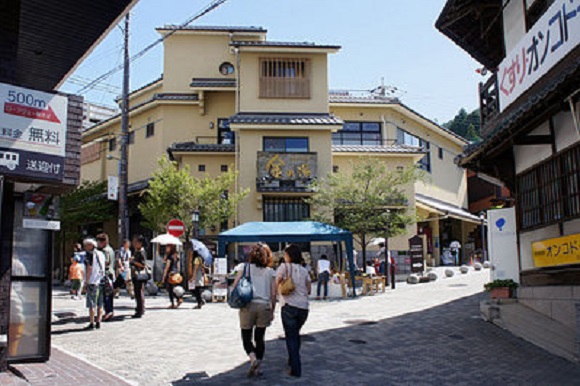
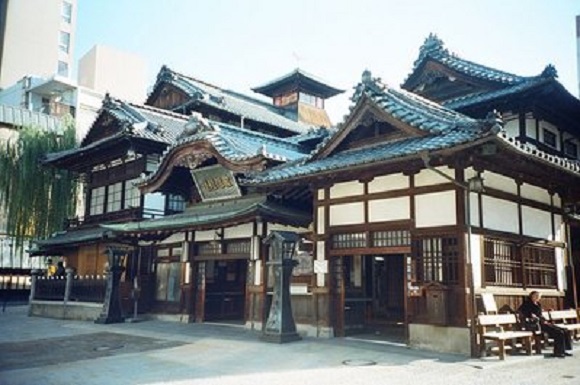
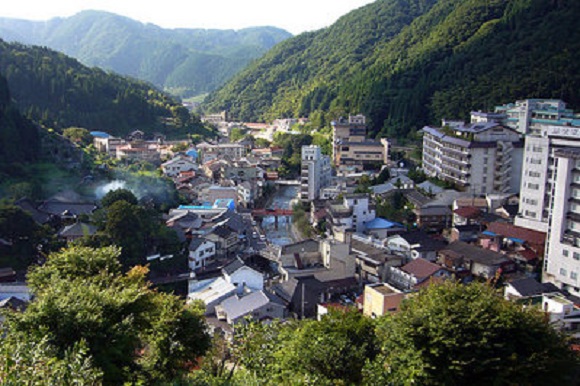
 New onsen facility in the heart of Tokyo’s business district to be ready for Olympics
New onsen facility in the heart of Tokyo’s business district to be ready for Olympics Hyotan Onsen – Japan’s only hot spring with three Michelin stars
Hyotan Onsen – Japan’s only hot spring with three Michelin stars You can make your own hot spring bath at this river in central Japan【Japan travel】
You can make your own hot spring bath at this river in central Japan【Japan travel】 Hot springs website reveals the most popular user-picked onsen in all of northern Japan
Hot springs website reveals the most popular user-picked onsen in all of northern Japan 18 awesome overnight hot spring trips from Tokyo, and a quiz to help pick the best one for you
18 awesome overnight hot spring trips from Tokyo, and a quiz to help pick the best one for you Japan’s new difficult-to-drink-from beer glass protects your liver, but it’s a brutal experience
Japan’s new difficult-to-drink-from beer glass protects your liver, but it’s a brutal experience How to order snacks on a Shinkansen bullet train in Japan
How to order snacks on a Shinkansen bullet train in Japan New samurai glasses are Japan’s latest weird must-have souvenir
New samurai glasses are Japan’s latest weird must-have souvenir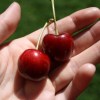 “Deflowering” services for virgin women are now a thing in Japan, apparently
“Deflowering” services for virgin women are now a thing in Japan, apparently Doraemon found buried at sea as scene from 1993 anime becomes real life【Photos】
Doraemon found buried at sea as scene from 1993 anime becomes real life【Photos】 Burger King Japan suddenly adds Dr. Pepper and Dr. Pepper floats to its menu nationwide
Burger King Japan suddenly adds Dr. Pepper and Dr. Pepper floats to its menu nationwide Hello, cosmetics! Clinique teams up with Hello Kitty this summer for first-time collaboration
Hello, cosmetics! Clinique teams up with Hello Kitty this summer for first-time collaboration Princesses, fruits, and blacksmiths: Study reveals the 30 most unusual family names in Japan
Princesses, fruits, and blacksmiths: Study reveals the 30 most unusual family names in Japan High-fashion Totoro cuddle purse is like an elegant stroll in the forest【Photos】
High-fashion Totoro cuddle purse is like an elegant stroll in the forest【Photos】 Demon Slayer: Kimetsu no Yaiba gets new roller coaster attractions and food at Universal Studios Japan
Demon Slayer: Kimetsu no Yaiba gets new roller coaster attractions and food at Universal Studios Japan Nintendo history you can feel – Super NES, N64, and GameCube controllers become capsule toys
Nintendo history you can feel – Super NES, N64, and GameCube controllers become capsule toys “The most Delicious Cup Noodle in history” – Japan’s French Cup Noodle wins our heart【Taste test】
“The most Delicious Cup Noodle in history” – Japan’s French Cup Noodle wins our heart【Taste test】 Starbucks releases a cute Frappuccino and Unicorn Cake…but not in Japan
Starbucks releases a cute Frappuccino and Unicorn Cake…but not in Japan Kyoto Tower mascot termination reveals dark side behind cute Japanese characters
Kyoto Tower mascot termination reveals dark side behind cute Japanese characters McDonald’s Japan’s Soft Twist Tower: A phantom ice cream only sold at select branches
McDonald’s Japan’s Soft Twist Tower: A phantom ice cream only sold at select branches Yabai Ramen: What makes this Japanese ramen so dangerous?
Yabai Ramen: What makes this Japanese ramen so dangerous? Finally! Nintendo Japan expands Switch 8-bit controller sales to everybody, Online member or not
Finally! Nintendo Japan expands Switch 8-bit controller sales to everybody, Online member or not Japanese government wants to build luxury resorts in all national parks for foreign tourists
Japanese government wants to build luxury resorts in all national parks for foreign tourists To combat declining birth rate, Japan to begin offering “Breeding Visas” to foreigners
To combat declining birth rate, Japan to begin offering “Breeding Visas” to foreigners 10 things you should buy at 7-Eleven in Japan
10 things you should buy at 7-Eleven in Japan Studio Ghibli releases anime heroine cosplay dresses that are super comfy to wear
Studio Ghibli releases anime heroine cosplay dresses that are super comfy to wear Woman charged for driving suitcase without a license in Osaka
Woman charged for driving suitcase without a license in Osaka Studio Ghibli unveils My Neighbour Totoro miniature house model
Studio Ghibli unveils My Neighbour Totoro miniature house model Kyoto experiencing problems with foreign tourists not paying for bus fares, but not on purpose
Kyoto experiencing problems with foreign tourists not paying for bus fares, but not on purpose Fighting mild hunger with a Japanese soda that turns into jelly in the stomach【Taste test】
Fighting mild hunger with a Japanese soda that turns into jelly in the stomach【Taste test】 Studio Ghibli’s Howl’s Moving Castle tapestry unveiled in Japan for first time
Studio Ghibli’s Howl’s Moving Castle tapestry unveiled in Japan for first time McDonald’s new Happy Meals offer up cute and practical Sanrio lifestyle goods
McDonald’s new Happy Meals offer up cute and practical Sanrio lifestyle goods Sales of Japan’s most convenient train ticket/shopping payment cards suspended indefinitely
Sales of Japan’s most convenient train ticket/shopping payment cards suspended indefinitely Sold-out Studio Ghibli desktop humidifiers are back so Totoro can help you through the dry season
Sold-out Studio Ghibli desktop humidifiers are back so Totoro can help you through the dry season Japanese government to make first change to romanization spelling rules since the 1950s
Japanese government to make first change to romanization spelling rules since the 1950s Foreigner’s request for help in Tokyo makes us sad for the state of society
Foreigner’s request for help in Tokyo makes us sad for the state of society Ghibli founders Toshio Suzuki and Hayao Miyazaki contribute to Japanese whisky Totoro label design
Ghibli founders Toshio Suzuki and Hayao Miyazaki contribute to Japanese whisky Totoro label design Tokyo’s most famous Starbucks is closed
Tokyo’s most famous Starbucks is closed Free onsen! Kyushu resort shipping hot spring water to homes across Japan in thank-you program
Free onsen! Kyushu resort shipping hot spring water to homes across Japan in thank-you program Oita lures travelers with wonderful montage of synchronized hot spring bathing 【Video】
Oita lures travelers with wonderful montage of synchronized hot spring bathing 【Video】 This gorgeous hot spring is actually part of one of Japan’s most convenient airports【Photos】
This gorgeous hot spring is actually part of one of Japan’s most convenient airports【Photos】 The top 10 hot springs Japanese travelers want to visit this fall
The top 10 hot springs Japanese travelers want to visit this fall Japan’s most famous hot spring resort runs ad telling us to go to…a different hot spring resort
Japan’s most famous hot spring resort runs ad telling us to go to…a different hot spring resort 7 incredible Japanese destinations that tourists haven’t discovered yet
7 incredible Japanese destinations that tourists haven’t discovered yet Japan’s hot spring amusement park announces first rides, and onsen merry-go-round makes the cut!
Japan’s hot spring amusement park announces first rides, and onsen merry-go-round makes the cut! Beautiful onsen complex opens in downtown Osaka, lets you live onsen dream in heart of the city
Beautiful onsen complex opens in downtown Osaka, lets you live onsen dream in heart of the city Japanese mayor responds to public after “spamusement park” onsen video reaches 1 million views
Japanese mayor responds to public after “spamusement park” onsen video reaches 1 million views Got tattoos, but still want to experience a Japanese hot spring? It’s no problem here!
Got tattoos, but still want to experience a Japanese hot spring? It’s no problem here! The 10 best hotel hot springs in Japan, as chosen by Japanese travelers
The 10 best hotel hot springs in Japan, as chosen by Japanese travelers Ridiculously powerful hot spring bath in Japan earns both our respect and our fear【Videos】
Ridiculously powerful hot spring bath in Japan earns both our respect and our fear【Videos】 A private onsen bath with a karaoke machine is two of Japan’s best things with zero embarrassment
A private onsen bath with a karaoke machine is two of Japan’s best things with zero embarrassment Onsen in Japan uses the same mysterious hot spring bathing system from Ghibli film Spirited Away
Onsen in Japan uses the same mysterious hot spring bathing system from Ghibli film Spirited Away Bizarre pyramid hot spring in Japan combines Egyptian aesthetics with onsen relaxation
Bizarre pyramid hot spring in Japan combines Egyptian aesthetics with onsen relaxation The top five best multiple-hot-spring hotels in all of Japan
The top five best multiple-hot-spring hotels in all of Japan
Leave a Reply